
Lafayette School District holds presentation for parents stating that gender is on a spectrum; allows transgender speaker to tell parents that children should “explore their gender”
Incidents
- Issues
- Sex and Gender
The Lafayette School District has a “District Parent Education Committee” with the mission “to give parents the encouragement, resources, and skills to address the behavioral patterns and cultural influences on families.” On August 31, 2021, this committee provided a presentation to parents titled “Dimensions of Gender: Safe and Inclusive Schools for All Students” from the organization Gender Spectrum. The video can be accessed at this link with the password “+SK9si?o” to acquire access.
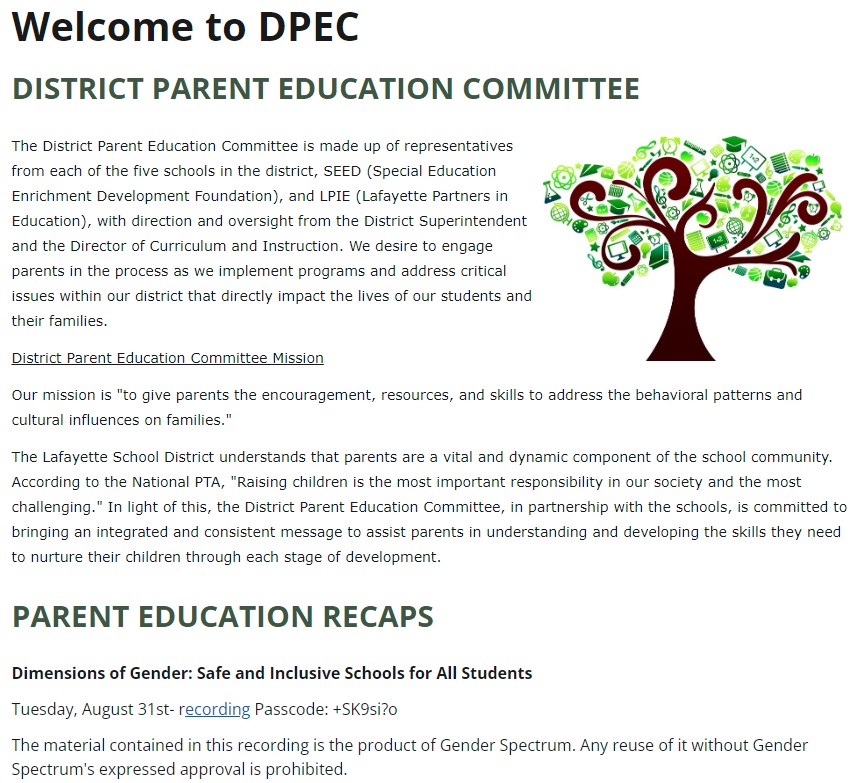
The organization Gender Spectrum offers resources online specifically targeting “youth” and even teachers. Gender Spectrum offers resources to educators on a page titled “Integrating Gender Diversity Into Everyday Curriculum.” This page explains that the discussion of gender can be integrated into subjects like history, science, mathematics, and even physical education. In targeting the youth, Gender Spectrum offers online chatrooms for children as young as 10 years old who identify as “trans” or “non-binary.”
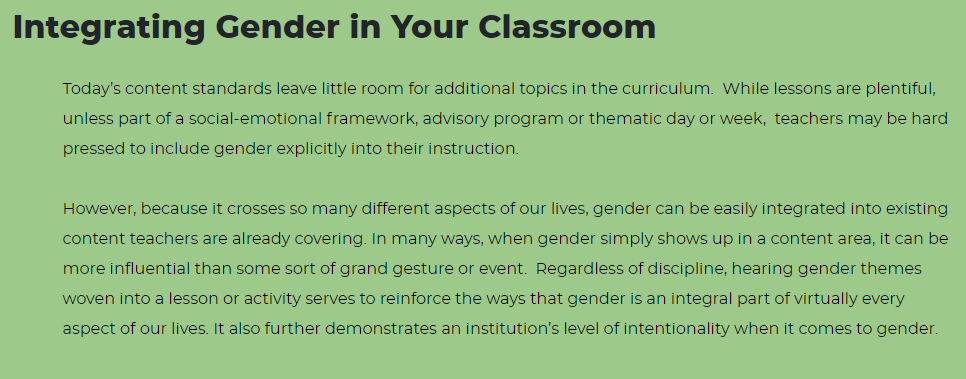
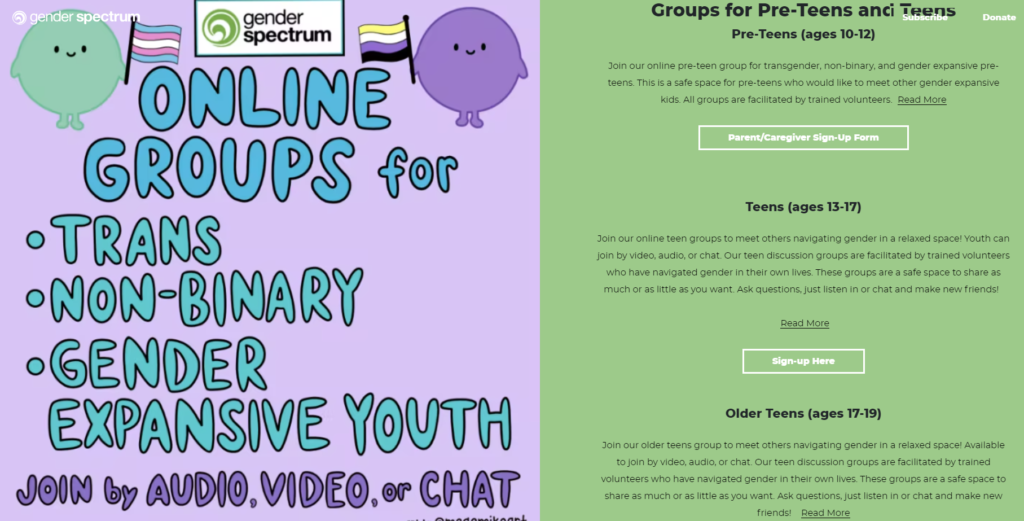
The hosts of the Gender Spectrum presentation tell parents that gender is on a spectrum and that gender is not binary between male and female. One host states that people know if they are transgender when they are still just a child at elementary age and provides the results of a survey in an attempt to show proof. The host states that “the majority of these transgender adults in the survey knew this about themselves at between ages six and seven.” [Time Stamp: 7:55] Another host then plays a video of parents claiming their child was transgender at a young age.
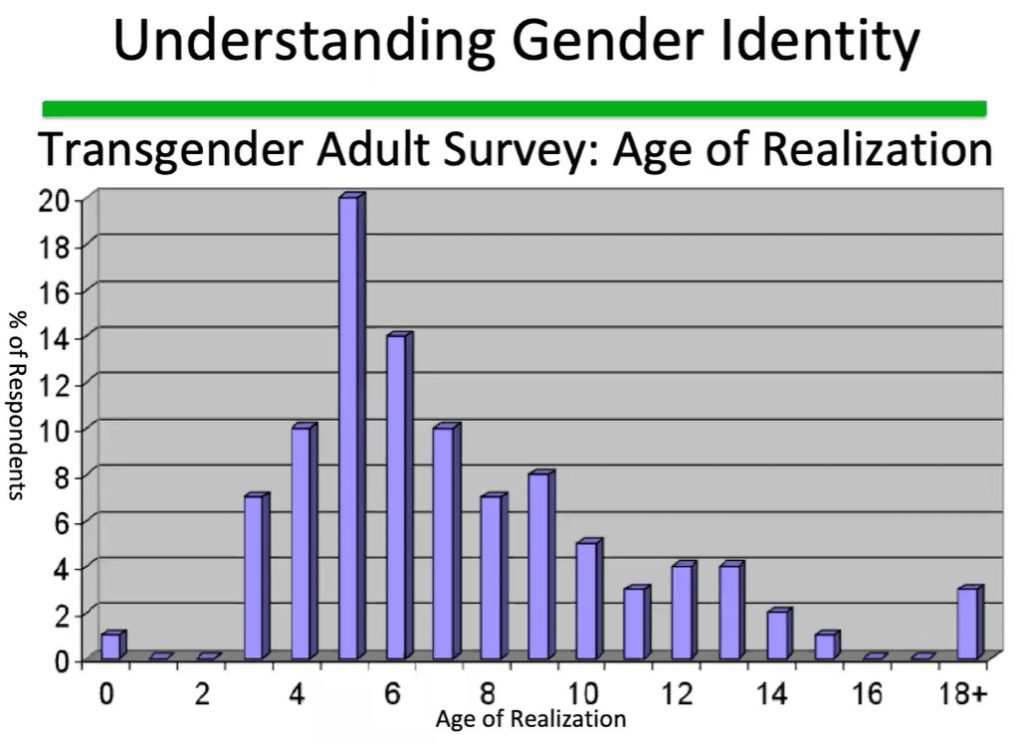
A host then provides the results of another survey saying that transgender adults knew their gender identity on average at 7.9 years old but did not disclose this gender identity until on average 15.5 years old. [Time Stamp: 13:10]
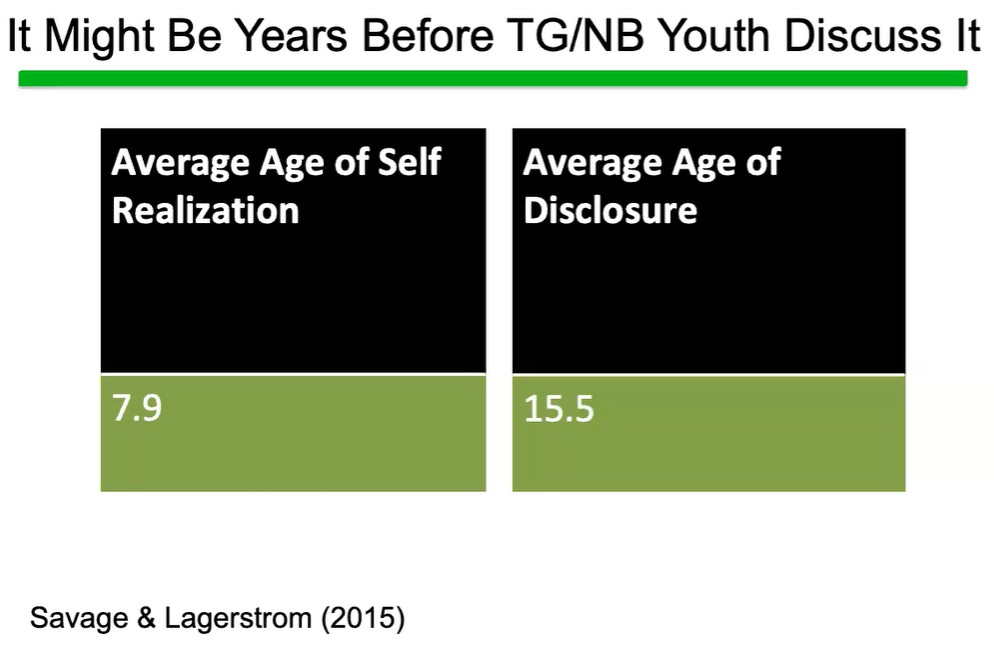
A host of the presentation also provides the definitions of terms categorized into “binary identities” and “non-binary identities.” [Time Stamp: 14:40] The terms with definitions include “cisgender,” “transgender,” “demi-gender,” “genderfluid,” and “polygender.” The following were terms the host provided for parents:
- Binary Identities
- Cisgender: gender identity aligns with their assigned sex at birth
- Transgender: gender identity is different from their assigned sex at birth
- Non-Binary Identities
- Bi-gender: any two gender identities
- Demi-gender: non-binary with partial connection to a gender
- Gender fluid: identity that changes
- Genderqueer: non-conforming in identity or expression; can be an identity or an umbrella term
- Polygender: multiple gender identities
- Transgender: gender identity does not match assigned sex; can be an identity or an umbrella term
This host also discusses the term “ungendered.” The slide in the presentation describes “ungendered” as “not identifying with any gender; terms include ‘agender,’ ‘genderless,’ and others.” The slide explains that the term “is used by individuals who do not feel connected to gender.” [Time Stamp: 17:35] The host also displays a slide that states “each of us should determine for ourselves the name we use to identify our gender and what that name means.” [Time Stamp: 18:00]
Another host promotes “gender congruence” which is described as finding “the harmony or balance across the three dimensions [body, identity, and social] for a particular person.” [Time Stamp: 26:30] This can include the measures of “social,” “legal,” “physical,” and “medical.”
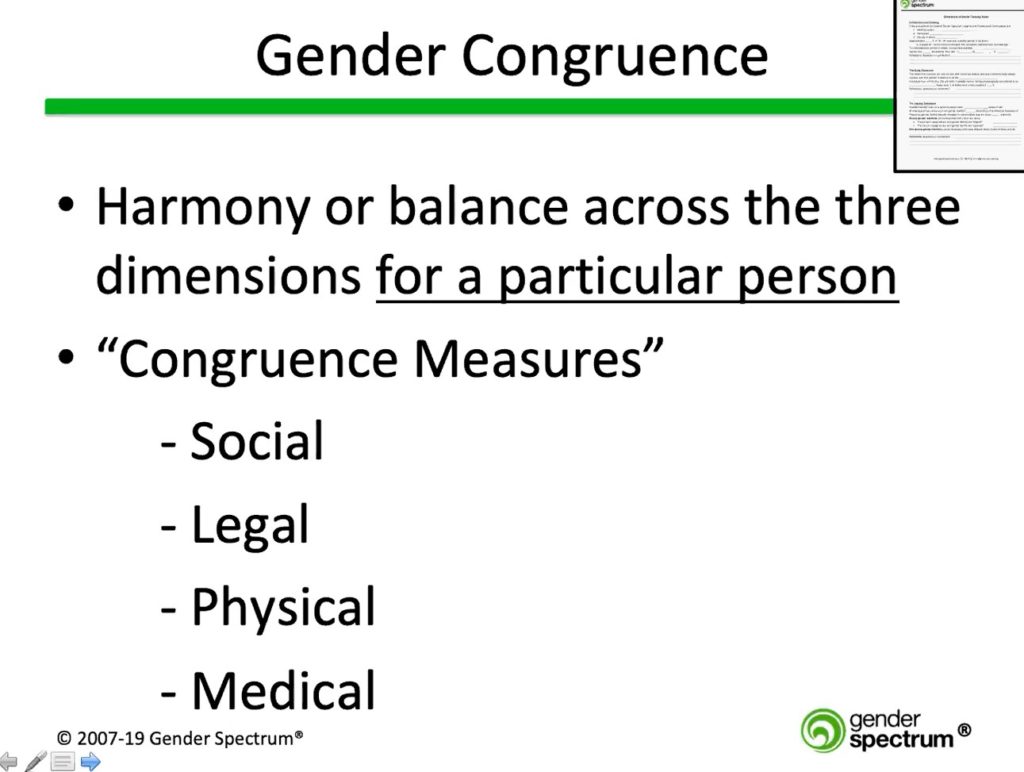
A host explains a common question that is often asked: “So how many genders are there?” The host explains “one – it’s the human gender.” [Time Stamp: 29:25] She then asks the question again and provided a different answer: “If we think about gender being such a personal, unique experience for every single person, really the question is ‘infinite.'” [Time Stamp: 29:30]
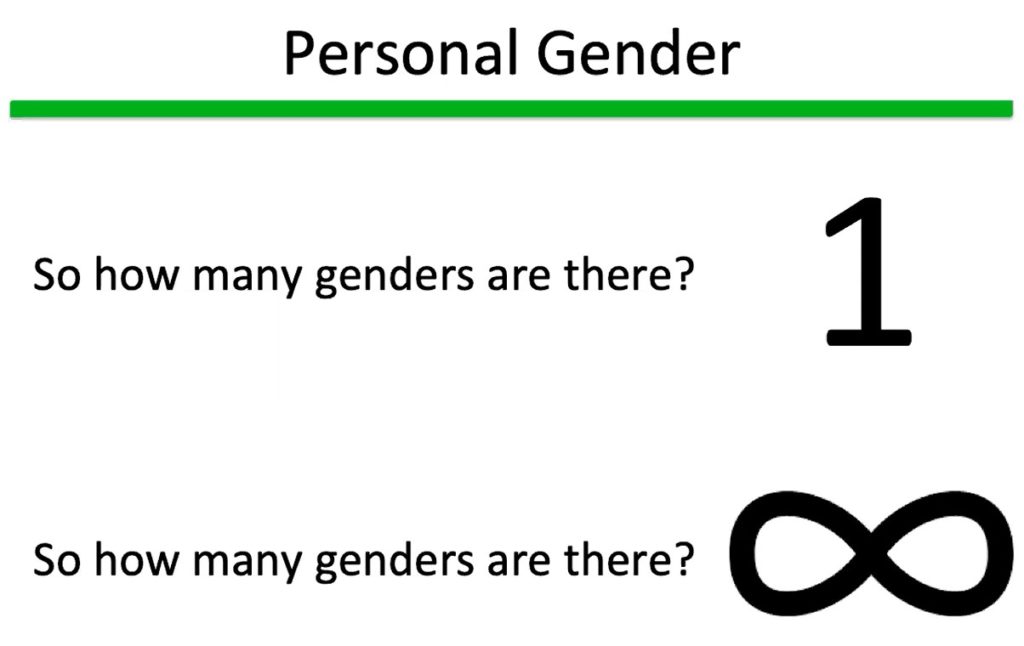
The hosts eventually moved to a “parent guest” in the presentation who has two children in the school district. This person claimed to be “trans.” [Time Stamp: 35:20] Despite being “trans,” this person claimed to be “privileged” and stated: “My story’s also very privileged. You know, I’m white. I grew up in an upper middle class community although it was rural.” [Time Stamp: 35:55] This person claimed to have grown up in rural Pennsylvania in the 1970s and 1980s. This person explained that “transgender” was not a word in that time period:
By middle school, I realized I was different. But I couldn’t put a name or word on it primarily because there was no word for that. I would look at girls, and I was attracted to women personally as I got older. And yet, I felt like I should be a woman or was a woman – it was all jumbled. There was no vocabulary. And by high school, I knew I was in deep trouble…I knew no one else in school felt the way I did, but there were no words. [Time Stamp: 37:35]
This person also claimed to be religiously Catholic growing up and stated: “I would go into church, and I’d pray to God to make me a woman. This is in high school. And that didn’t happen. Then I would pray to God to make me a normal man – whatever that was. I wanted to be just normal. And that didn’t happen.” [Time Stamp: 39:50] This person then continued to explain the process of transitioning to another gender and why “it’s really important that schools” teach the issue. [Time Stamp: 52:00] This person explained:
Parents on this call are going to have children who are transgender or their friends – friends of their children are going to be transgender, or something in between. You know, non-binary. And it’s important that those words are taught. [Time Stamp: 52:05]
This person then appeared to attack the Trump administration in the call with parents when discussing how the issue of transgenderism is debated on a “national level.” The person explained: “We saw it during the past administration when the commander in chief announced that transgender people were no longer welcome in the U.S. military. All these things cut very deeply.” [Time Stamp: 56:30] This person also claimed that children should be allowed to explore their gender at a young age:
Elementary school kids may socially transition, but they’re not chemically transitioning. They’re not medically transitioning. Let them explore their gender. What’s the worst that can happen? They change their name for a few months or a few weeks? [Time Stamp: 1:04:45]
Stay Informed
